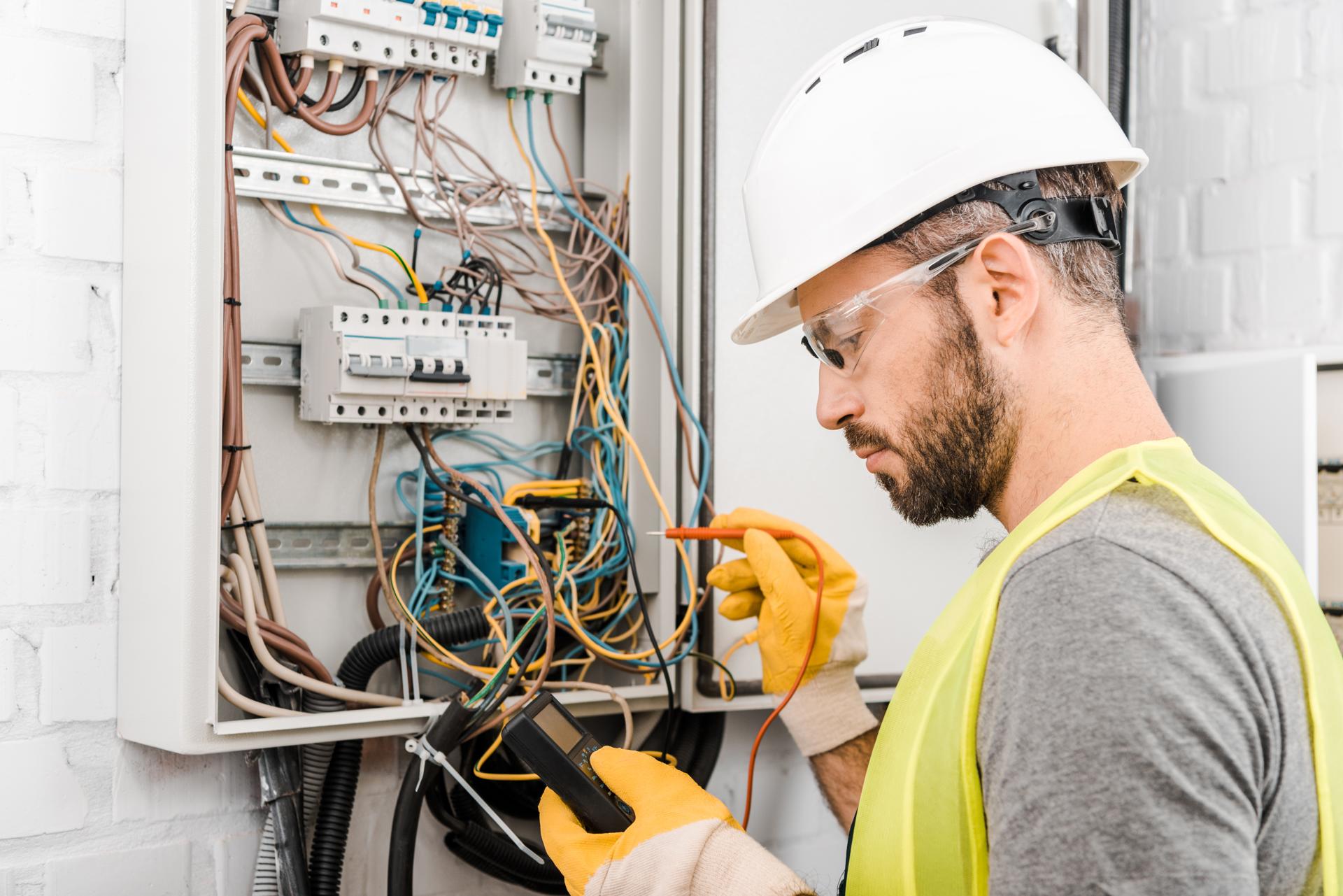The Science Behind Electrical Wiring in Your Home: An Amateur's Guide

Electricity is an integral part of our daily lives, supplying everything from the lights in our houses to devices that we use each day. But electrical systems can be complicated making it difficult to understand how they function isn’t easy. In this guide we’ll breakdown the elements in an electrical circuit, and explain how circuits work to power devices and appliances. Our residential electricians can handle any electrical jobs you need.
The components of an electrical system
A home’s electrical system includes a number of essential components that work to supply power to a home. These include:
Breaker box: the central distribution point for electric energy in a house, where the electricity is divided into different circuits
Switches and outlets: points at which electricity is supplied to appliances and devices
Wiring: the wires that transport electric current from the box to outlets and switches
Electrical appliances and devices: the appliances and devices that require electricity to function.
Electrical Circuits
The term "electrical circuit" refers to one that lets electricity flow from the point of origin (the the breaker box) to the appliances and devices in the home. There are two kinds of electrical circuits in homes that are 120-volt and 240-volt circuits. 120-volt circuits are employed for most household devices and appliances, whereas 240-volt circuits are used for larger appliances like dryers, air conditioners and electric ones.
Electrical circuits work by creating the loop which allows electricity to be transferred from the source to the device or appliance. The loop consists of a hot wire which transports the power and a neutral wire which completes the circuit and a ground wire , which is the pathway for electricity to reach the ground in the event of a fault.
Understanding the electrical Wiring
Electrical wiring is available in a variety of different types, including non-metallic sheathed cables (NM) as well as armored cables (AC), and conduit. Each type has its advantages and disadvantages and the selection of the type of wiring is based on the specific needs of the installation.
Wiring conducts electricity through a flow of electrons that travel through the wire. The electrons travel between the origin and the appliance or device, and back to the source through the neutral wire. It is crucial to make sure that the wiring is put in place and maintained correctly, as defective wiring could lead to electrical dangers like shocks and fires.
Common Electrical Issues
Some common electrical problems in homes include tripping light bulbs, flickering breakers and electrical outlets that are not working. These problems can be caused by a myriad of causes such as overloading circuits poor connections, or faulty wiring.
If you’re experiencing any of these issues, it’s essential to identify the source and take action to fix the problem. In certain instances this could mean contacting an authorized electrician to look over and fix the wiring.
Final Conclusion, as well as a Call to Action
Understanding how electrical wiring works is crucial for ensuring the safety and reliability of your home’s electrical system. If you follow the rules laid out in this article, you can stay secure and stay clear of potential dangers.
Should you ever have questions or concerns regarding your home’s electrical system do not hesitate to call Local Electrician Kellyville. Our electricians are licensed and has the expertise and experience to address all of your electrical requirements. Contact us at 1300 864 148 to schedule a appointment.
FAQ
What are the signs of an electrical wiring issue?
Signs of defective electrical wiring may include tripping breakers flickering lights, and dead outlets, among others.
What is the best time to schedule my electrical system at home inspected?
It is recommended to ensure that your electrical system is checked by a licensed electrician each 10 years.
What is the expected lifespan of wiring that is electrical?
The life expectancy of electrical wiring depends on many factors, such as what kind of wire used, the location it’s located in, and the quality of installation. In general, most electrical wiring lasts at least 30-years or longer if it’s installed with correct installation and care.
Do I have the ability to fix electrical issues myself , or do I need to engage an electrician?
Although some electrical issues are fixable by homeowners, it is recommended that you hire an experienced electrician for most electrical repairs. If you attempt to fix electrical issues with no proper training or expertise is risky and may cause injuries or damages to your home.
What should I do if have an electrical issue within my home?
If you encounter an electrical emergency first thing to do is to turn off the power to the affected area by shutting off the fuse or breaker. After that, you should contact an accredited electrician to examine and fix the problem as quickly as you can.
If you follow these tips, you can ensure the security and reliability of your home’s electrical system , and avoid any potential dangers. Be aware that when you need repairs to your electrical system as well as installations, it’s always best to leave it to the experts. Call Local Electrician Kellyville at 1300 864 148 for all your electrical needs.
